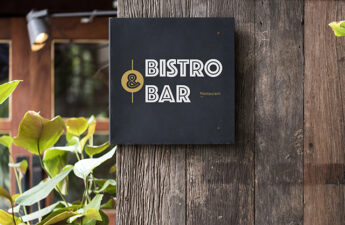Introduction:
If you’re experiencing sewer problems or plumbing issues, pipe lining might be the solution for you. In this article, we’ll discuss what pipe lining is, its benefits, and the installation process.
Types of pipe lining: There are different types of pipe lining materials, such as cured-in-place pipe (CIPP), which is a popular choice for its durability and versatility.
Brief history of pipe lining: relining pipe Sydney has been around for over 30 years and has become an increasingly popular method for sewer repair and plumbing rehabilitation due to its cost-effectiveness and efficiency.
Benefits of pipe lining
Cost-effective solution: Pipe lining is a cost-effective solution as it eliminates the need for excavation and reduces labor costs.
Minimizes damage to property: Pipe lining minimizes damage to property as it only requires a small access point for installation.
Increases the lifespan of pipes: Pipe lining creates a new pipe within the existing one, which increases the lifespan of the pipe and prevents future damage.
Environmentally-friendly solution: Pipe lining is environmentally-friendly as it reduces the amount of waste generated from traditional excavation methods.
How to line a pipe
Inspection and cleaning: The first step in the pipe lining process is to inspect and clean the damaged pipe to ensure that the liner material adheres properly.
Preparation of liner: The liner material is prepared and cut to fit the length of the damaged pipe.
Installation of liner: The liner is inserted into the damaged pipe using a specialized inversion drum or winch.
Curing process: Once the liner is in place, it is cured using hot water or steam to harden the liner material and create a new pipe within the existing one.
Final inspection: After the curing process is complete, a final inspection is conducted to ensure that the liner material has adhered properly and that there are no leaks.
Conclusion
Summary of benefits:
Pipe lining is a cost-effective and environmentally-friendly solution for sewer repair and plumbing rehabilitation. It minimizes property damage, increases the lifespan of pipes, and eliminates the need for excavation.
Recap of pipe lining process:
The process involves inspection and cleaning, preparation of liner material, installation of the liner, curing, and a final inspection to ensure the success of the installation.



